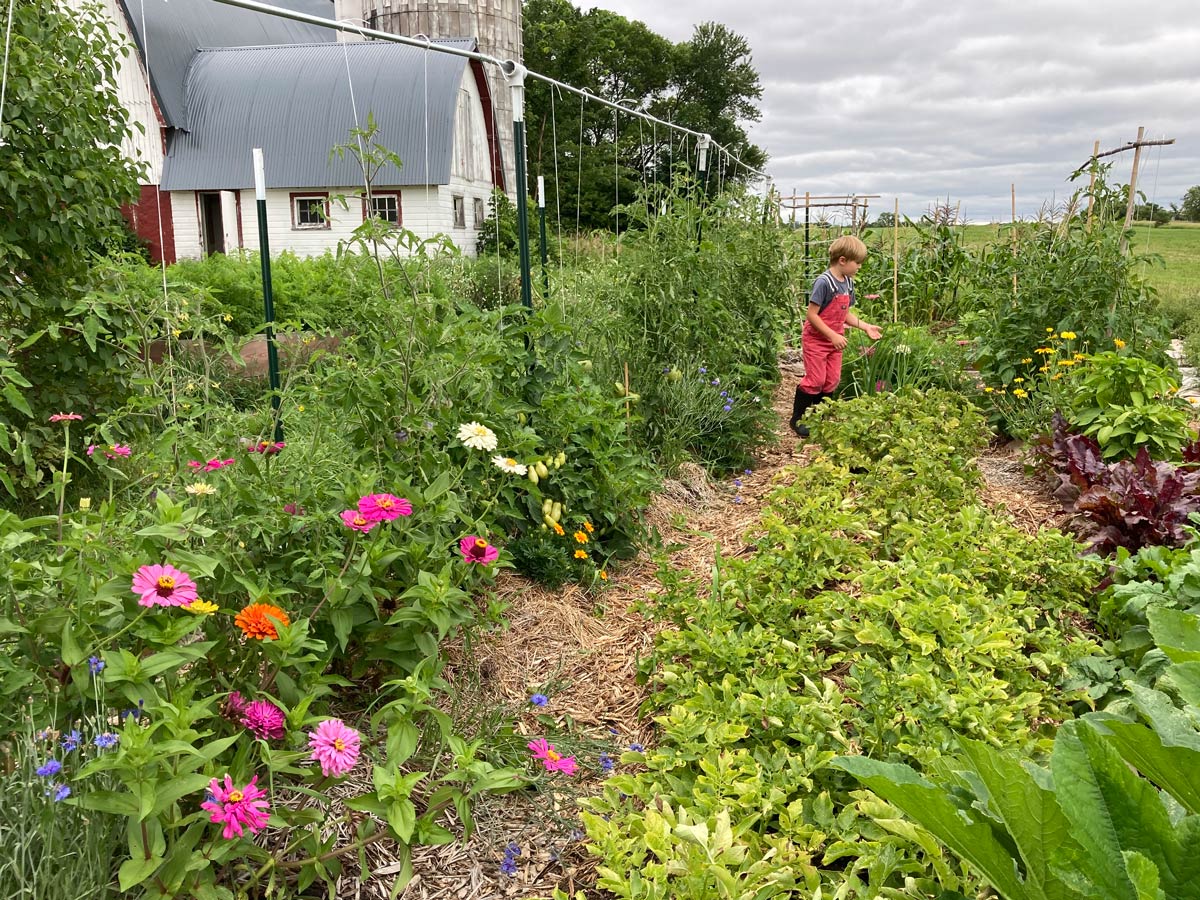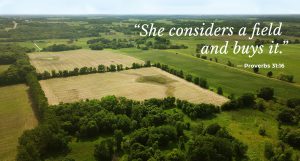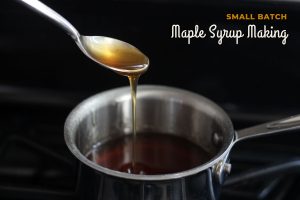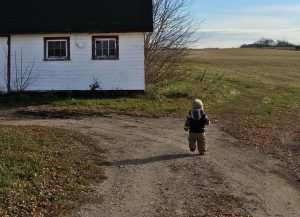It feels so good to have a garden in the ground! I’m so thankful my mom got this started while Urban Husband and I were busy getting our Boston condo on the market. Yes, the Coronavirus was a clarifying moment for us… time to let go of our urban abode and complete the transition to the country. We realized we just didn’t want to be in a place where we could be cut off from our outdoor play spaces, be forced to wear a face covering, and even our food supply was a little iffy. Running into food shortages and rationing at the grocery stores, I kept wishing I was about a year ahead on the homestead with a pantry and freezer full of bounty. Nevertheless, here we are and boy are we enjoying the fresh air and scent of freedom that can still be found in the countryside.
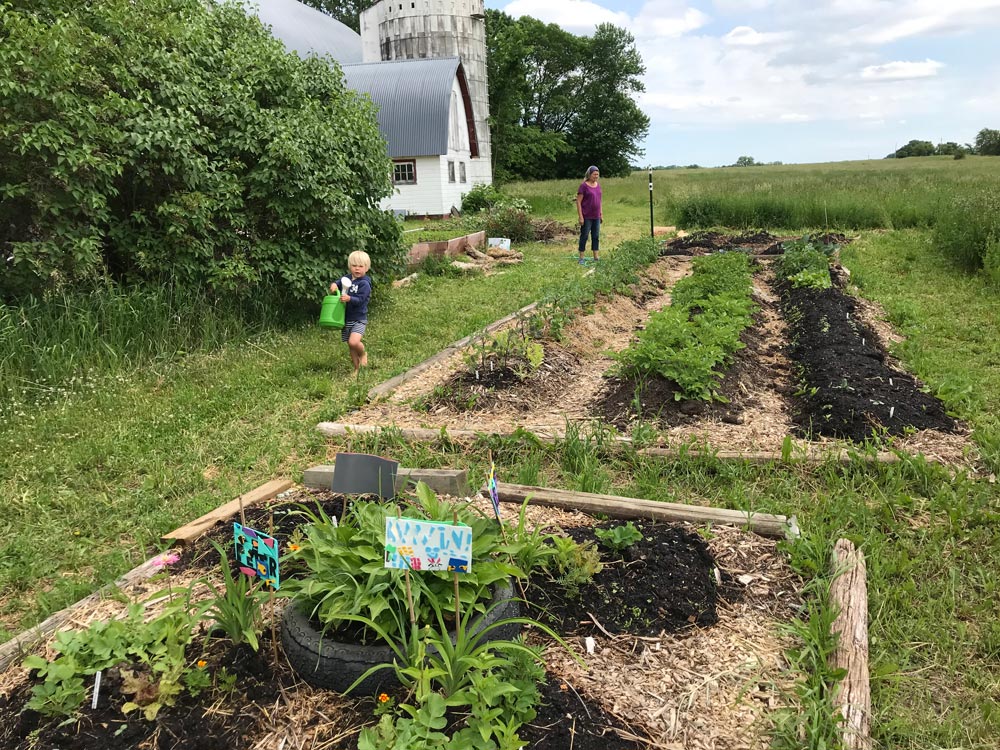
Best Gardening Approach — The One You Can Get Off the Ground
I have little gardening experience, but have read about all kinds of fascinating methods over the past few years. (Well, I have only read a fraction of what my mom has read, as she sends me the best of the best.) We’re interested in sustainable approaches that mimic nature and produce the healthiest food with the least effort. These methods come from Permaculture, Paul Gautchi and “Back to Eden Gardening”, Steve Solomon, and Carol Deppe to name a few. Our approach is sort of a cross-section of the various ideas that were swirling around in our heads when it was time to put some stakes in the ground. It’s a good thing my mom got the garden going, because she’s a do-er whereas I am more of a planner. If it was all up to me I’d still be deliberating about the optimal design and shape of the beds.
(I was taking way too long to figure out the optimal dimensions for reachability, compatibility with winter hoop tunnels as Elliott Coleman suggests, compatibility with a fertilizing chicken tractor as Justin Rhodes suggests, and making the area a nice round number for easy soil amendment math as Steve Solomon suggests?!)
The Quick and Dirty No Till Garden Method
I’ve been convinced of the value of “No-Till Gardening.” The idea is that the earth has a living microbiome. These organisms are constantly working to improve the health and viability of the terrain (just like our gut microbiome.) Every time you disrupt these organisms through the upheaval of the tiller, you set back the health of the soil and make it more susceptible to weeds, pests and disease (similar to the effect of antibiotics on your gut.)
No till methods use layers of cardboard, dirt, compost, mulch, and/or wood chips to transform any piece of land into a soft, fertile garden landscape. These methods are sometimes called “Back to Eden Gardening,” “Wood Chip Gardening,” or “Lasagna Gardening” because of the many layers. Typically you start by covering a new grassy spot with cardboard, then apply some combination of soil/compost/mulch over it and water it. The cardboard has many benefits, being an easy way to kill the grass, attract a lot of earthworms that start the decomposition process, and prevent weeds from growing up in your garden. We have encountered various precise directions for putting exactly this, then that, and then the other. However there are so many different prescriptions that seem to work we came to the conclusion that it doesn’t matter too much as long as you just do this:
- Lay cardboard to kill the underlayer.
- Cover with whatever fertile growing medium that is accessible to you.
- Water to start the decomposition process.
The longer you let this sit before planting, the better prepared your soil will be. Of course we didn’t get the cardboard down in advance. (I was hoping to do it last fall.) We simply planted immediately after laying cardboard and covering with a good carbon compost.
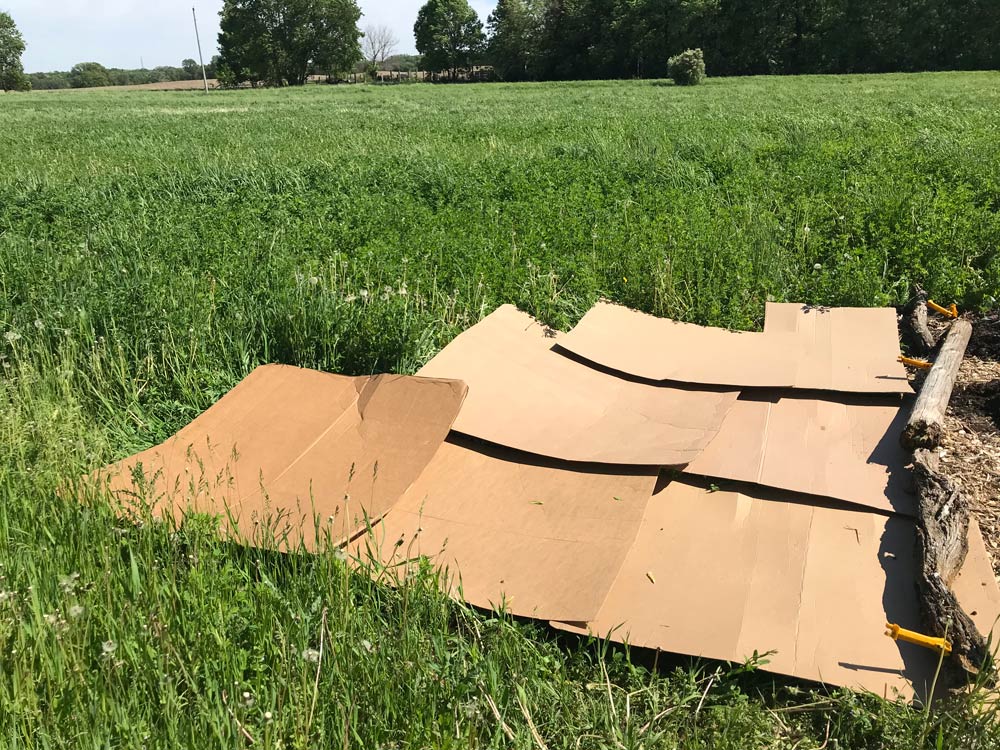
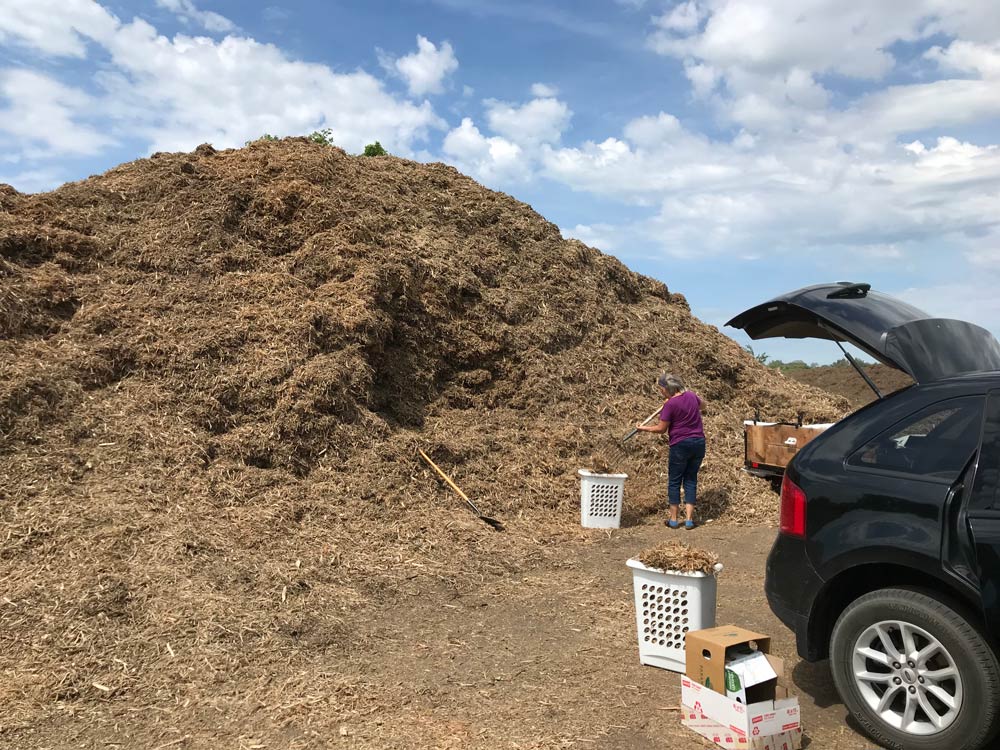
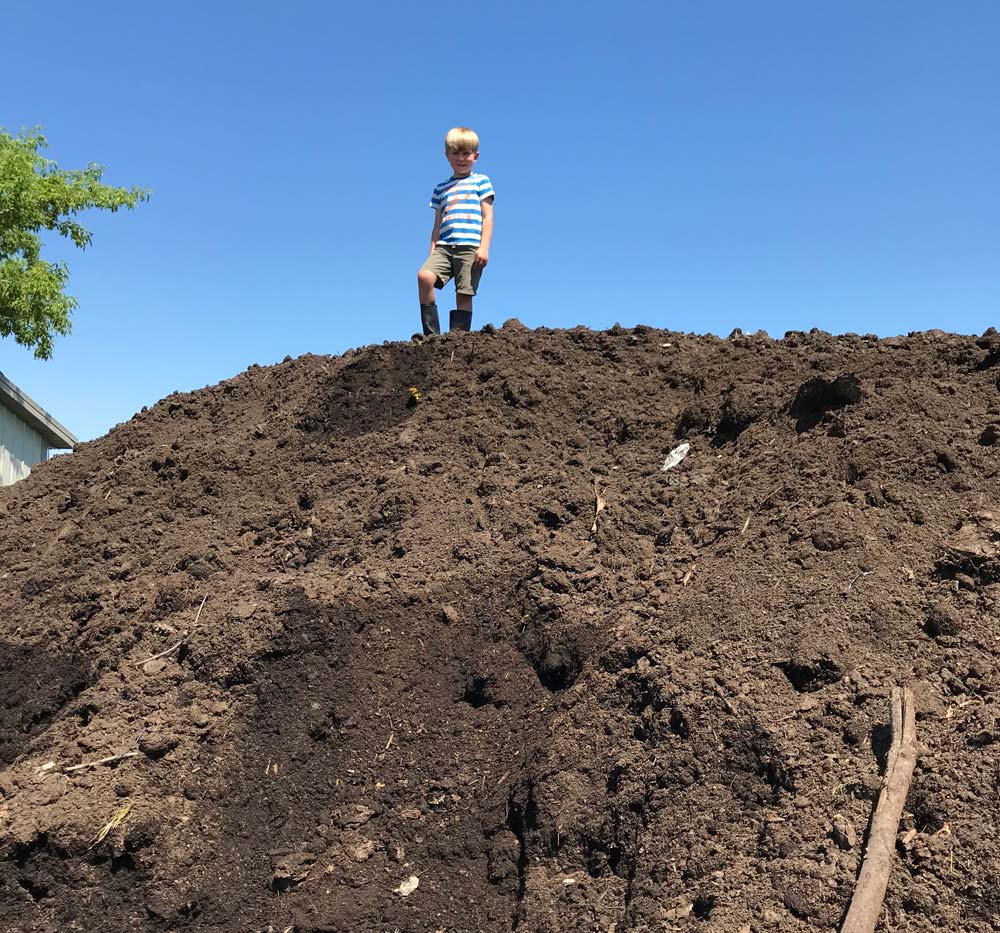
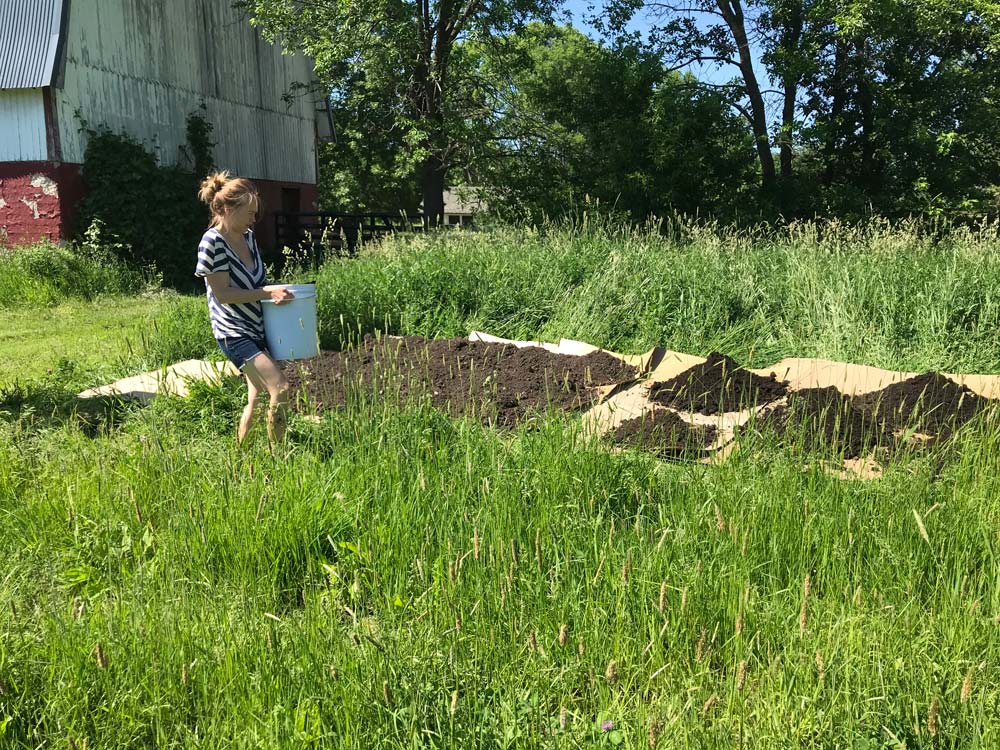
No Till Garden Method… on an Alfalfa Field?
I have some reservations about using a no till method in our case, since we are starting our garden on a field that has been growing alfalfa for years. In one sense this is a great starting place, because alfalfa is known to add nitrogen to the soil (captured from the atmosphere) and to make minerals more accessible via deep roots channeling through deep, undepleted soils. On the other hand, alfalfa has those extremely deep roots. Up to 30 feet. Could a layer of cardboard put an end to the alfalfa that comes back year after year? Will we have alfalfa crowding out our tomato plants by the time the cardboard has decomposed? I consulted my panel of experts. While they were leaning towards tilling the alfalfa, I didn’t have that option when my mom was getting things going, so we just went to town with the cardboard.
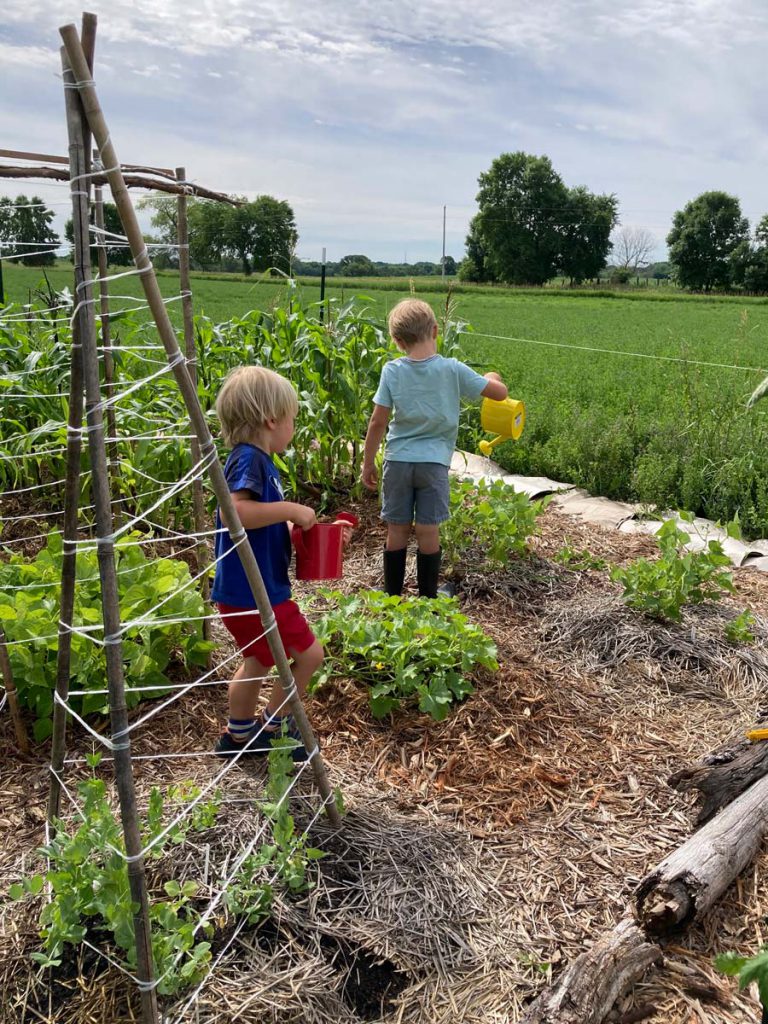
Garden Design
The design was the most serendipitous part. The layout is a combination of mounded rows and circular mounds. We simply added on new sections and support systems as needed. A generous shredded mulch everywhere suppresses weeds. An assortment of flowers adds a pop of color and cheer.
I wanted to test a couple different locations so we have the main garden in the field where it gets full sun (and wind!) as well as another plot behind the barn, where it’s slightly more protected/shady and is a bit wetter.
My favorite part is the sweet little kids garden that my mom set up for the boys and their cousins to each have a little plot of their own.
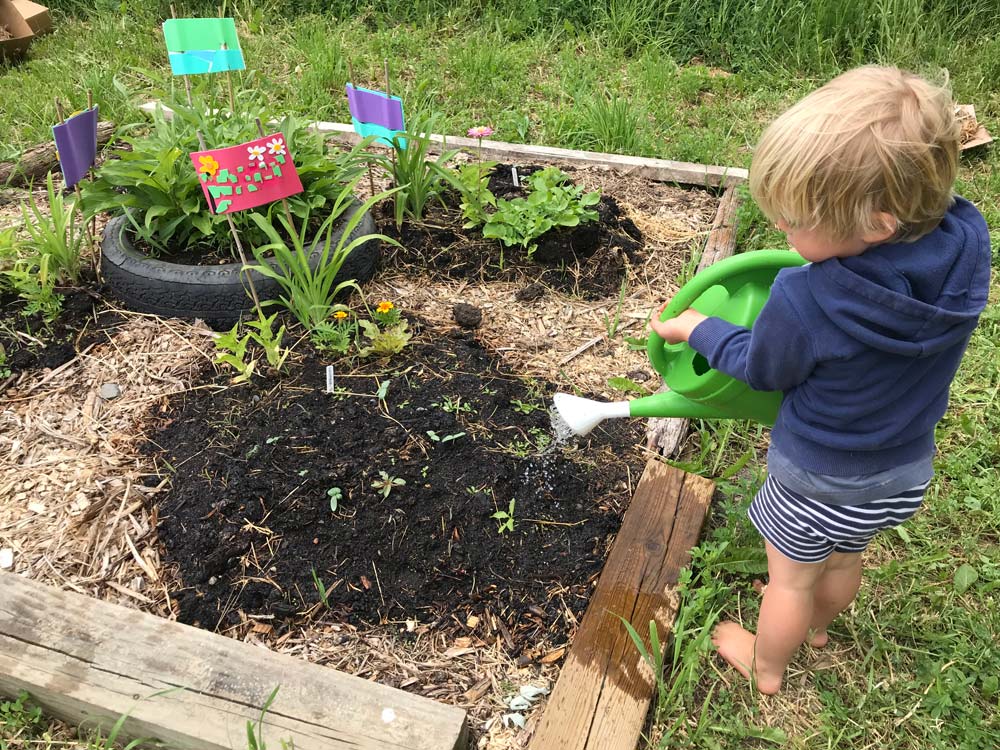
Selecting Seeds During a Pandemic
Our seed selection was constrained by the run on seeds this year. Apparently everyone wanted to start growing their own food after the shutdowns, and I was literally losing access to seeds as they were sitting in my online shopping cart. Thankfully, we were gifted this awesome seed bank from a thoughtful friend last Christmas so we had the basics covered. I found some fun varieties which were not sold out, from Bakers Creek. I love shopping them because, besides focusing on heirloom varieties, you can find reviews from people in your area to see how they might fare for you. My mom had a selection of seeds from various sources as well. For the record, here’s what we planted:
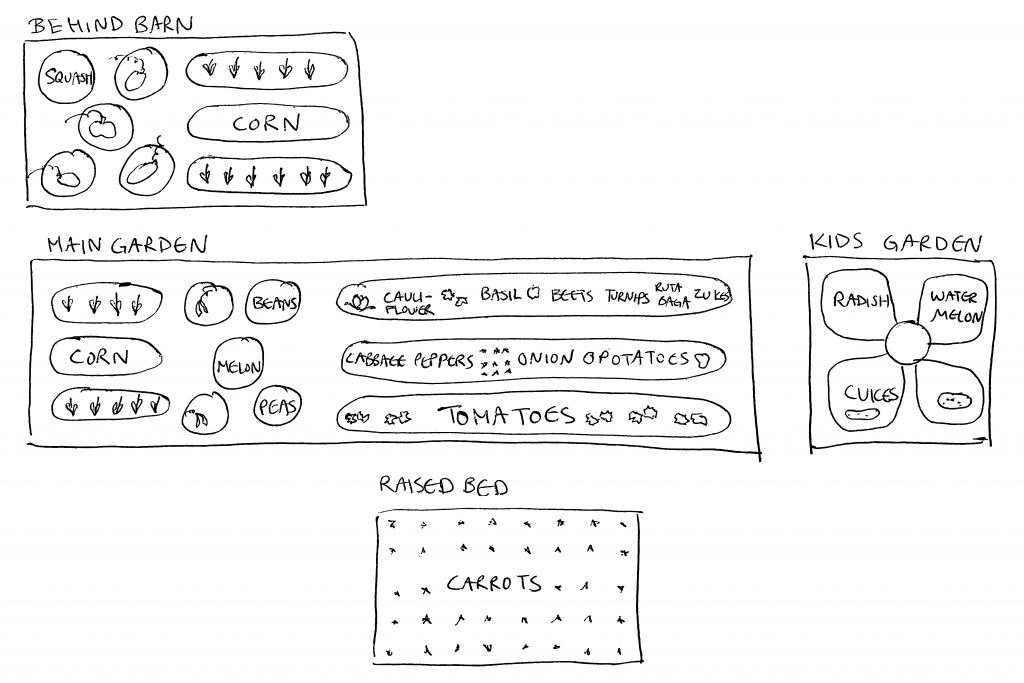
Vegetables
- Basil – Genovese
- Beans
- Dry Beans – Bush
- Black Coco Dry Beans – Bush
- Kentucky Wonder Pole Bean
- Beets – Bull’s Blood
- Carrots
Our carrots all ended with with the unruly split and twisting legs, which surprised us because we thought the soil in the raised bed was reasonably soft. My cousin tells me that it’s because we watered too much. He said you don’t want to water carrots too much so they drive down deep to find the water. Will have to hold back on the water next year…- Black Nebula – Very dark carrot extremely high in anthocyanins.
This was a very fast-growing carrot! Very juicy. I love the almost fruity taste. Very hairy though! - Chantenay Red Core
- Cosmic Purple
Fun visually, but not as tasty as the others.
- New Kuroda
I prefer this taste to the Chantenay. A little brighter.
- Black Nebula – Very dark carrot extremely high in anthocyanins.
- Cauliflower – Purple of Sicily
We never got heads! Maybe our timing was off… - Corn
- Cascade Ruby-Gold – Flint corn good for polenta and cornbread, bred by Carol Deppe
We kept having issues with this corn falling over. We had to put stakes on each side of a row and pull all the stalks together with some twine. - Magic Manna – Flour corn, good for cornbread
- Cascade Ruby-Gold – Flint corn good for polenta and cornbread, bred by Carol Deppe
- Cabbage – Red Express
- Cucumber
- Boston Pickling
- Tokiwa “Tokyo Green”
- Lettuce – Butter Oak
- Melons – Early Melon Mix
- Onion
- Southport Red Globe
- Tosca – Great long onion for slicing
- Peas – Oregon Giant Sugar Pod
We loved the few we got, but planted too late for abundance. - Pepper
- Gatherer’s Gold
- Little Bells
- Radish – French Breakfast
- Rutabaga – American Purple Top
- Squash
- Candystick Delicata
- Oregon Homestead Sweet Meat
- Sunshine Hybrid
- Tomatoes
- Amish Paste
These are my favorite of the earlier ripening! Deep fresh flavor despite being a paste tomato and easy to use given size and lack of juice. - Blue Beauty
- Martino’s Roma – Paste tomato
I’m not as crazy about the flavor of these
- Paul Robeson
- Pruden’s Purple
- Stupice – Early ripening
- Black Krim
- Amish Paste
- Turnips – Purple Top White Globe
- Watermelon – Sugar Baby
- Zuchinni – Costata Romanesco
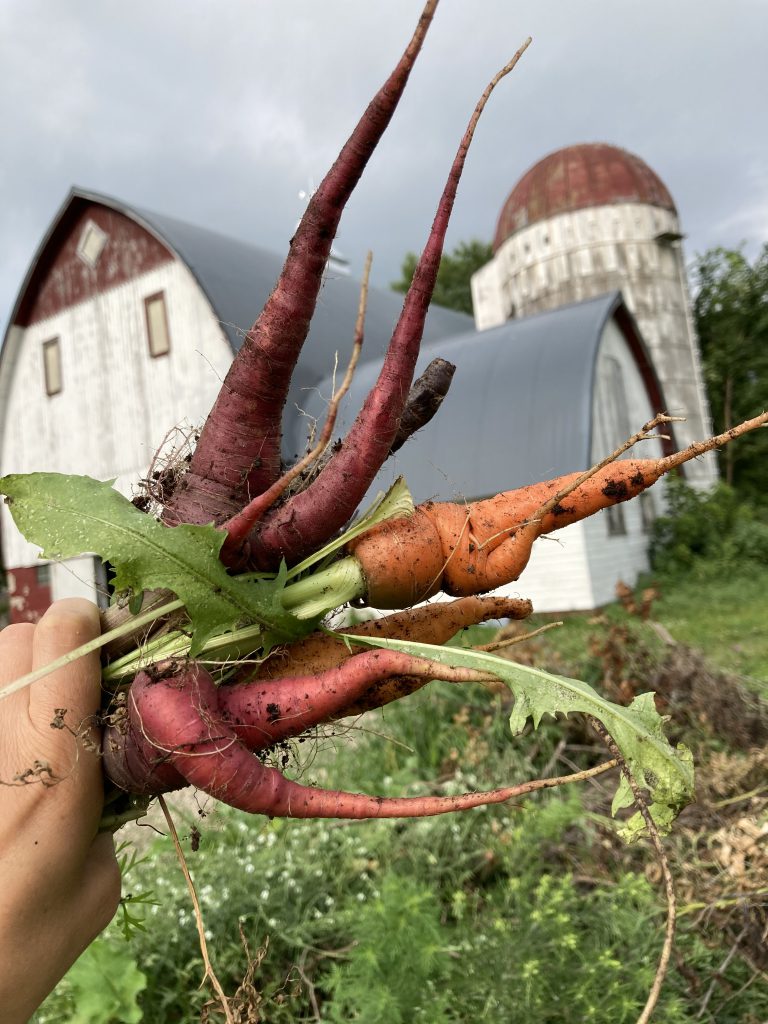
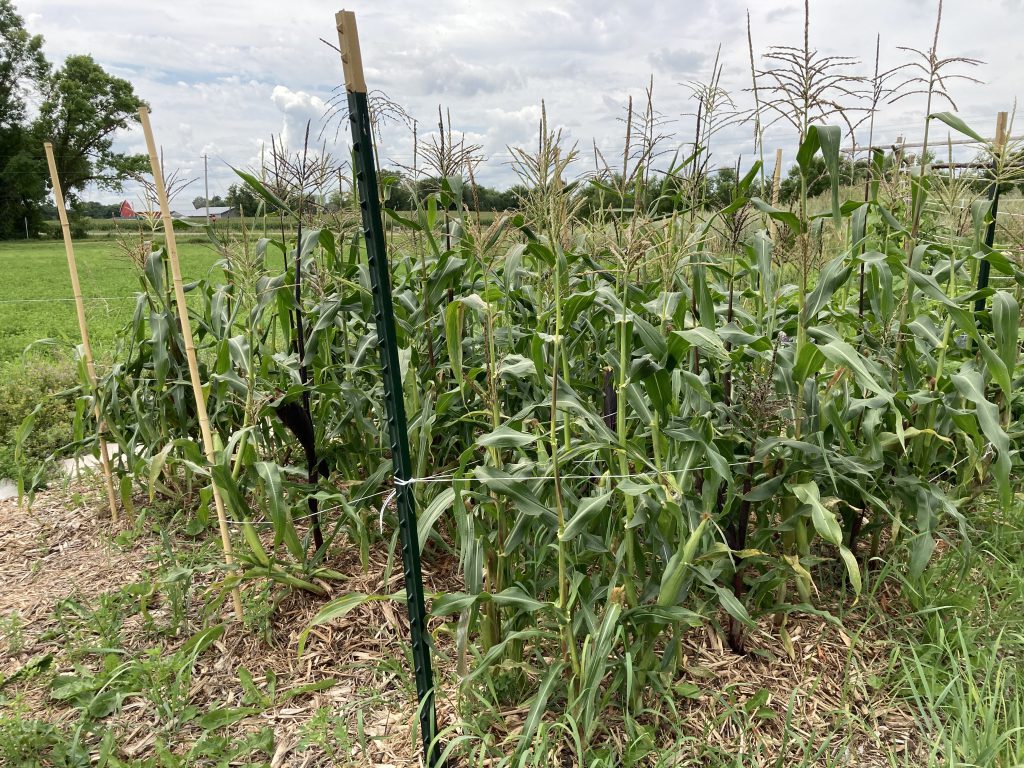
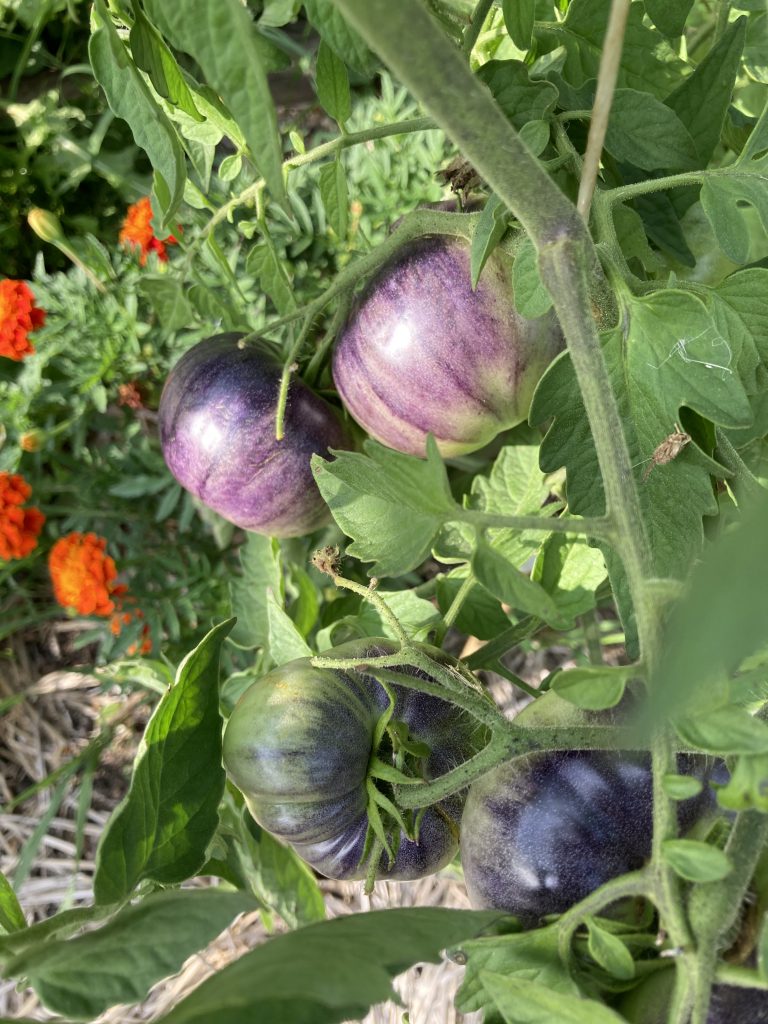
Flowers
- Zinnia
- Blue Boy Bachelor’s Button
- Mammoth Greystripe Sunflower
- Autumn Beauty Sunflower
- Nasturtium
- Marigold
I will update my notes as we experience more of the output. What did you plant in your garden this year? Is anyone else trying the no till method? I’d love to hear what’s working for you!
Sources of Inspiration
- The “Dream”
- Paul Gautchi’s Back to Eden Film
- Proverbs 30:7-9 “Give me neither poverty nor riches, but give me only my daily bread.”
